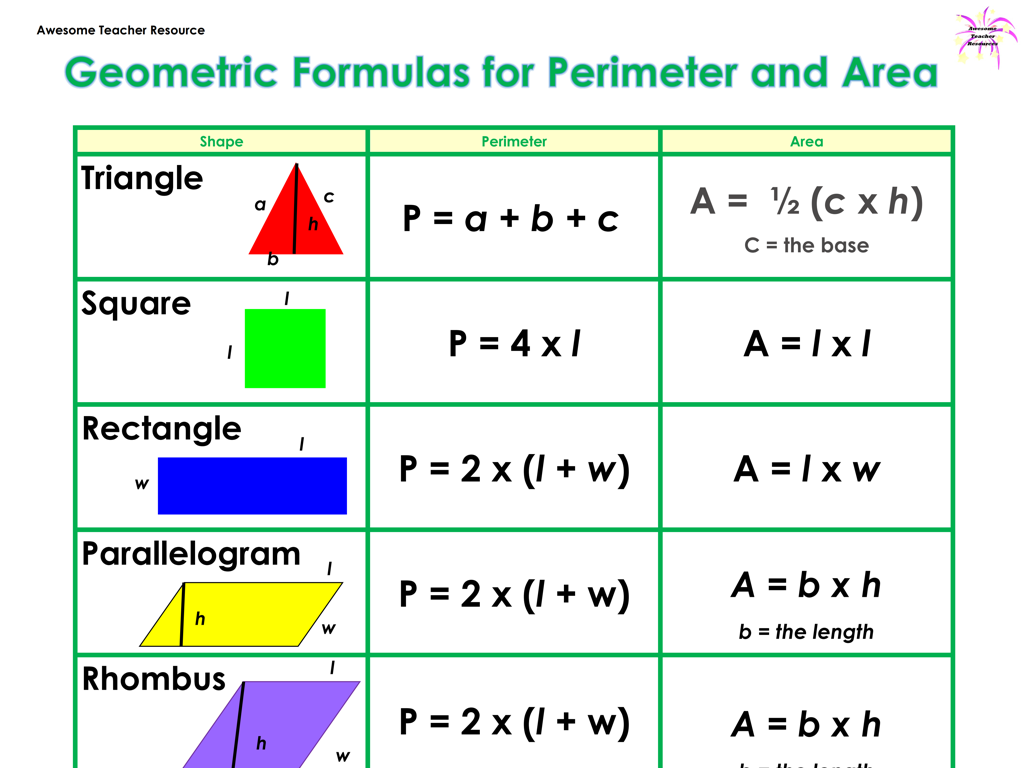Find Missing Angles In Quadrilaterals
Subject: Math
Grade: Sixth grade
Topic: Two-Dimensional Figures
Please LOG IN to download the presentation. Access is available to registered users only.
View More Content
Today’s Adventure: Finding Missing Angles in Quadrilaterals
– What is a Quadrilateral?
– A four-sided polygon with four angles.
– Types of Quadrilaterals
– Squares, rectangles, trapezoids, and more.
– Sum of Angles in a Quadrilateral
– Always adds up to 360 degrees.
– Solving for Missing Angles
– Use algebra to find unknown angles.
|
Begin the lesson by defining a quadrilateral and ensuring students can identify four-sided shapes. Discuss various types of quadrilaterals, such as squares, rectangles, rhombuses, and trapezoids, highlighting their properties. Explain that the sum of the interior angles in any quadrilateral is 360 degrees, a key concept for finding missing angles. Teach students how to set up equations to solve for unknown angles, using the sum of angles property. Provide examples and practice problems where students apply this knowledge to find missing angles in different quadrilaterals.
Properties of Quadrilaterals
– Four sides and angles
– Sum of angles is 360°
– Unique properties per type
– Squares have equal sides, rectangles have equal opposite sides
– Examples: Square, Rectangle
– Parallelograms, trapezoids, and rhombuses also illustrate diverse quadrilateral properties
|
This slide introduces students to the fundamental properties of quadrilaterals. Emphasize that all quadrilaterals have four sides and four angles, and regardless of their shape, the sum of their internal angles will always equal 360 degrees. Highlight the unique properties of different types of quadrilaterals, such as all sides being equal in a square or only opposite sides being equal in a rectangle. Use examples like parallelograms, trapezoids, and rhombuses to show the variety within quadrilaterals. Encourage students to think about how these properties can help in determining missing angles. Provide practice problems where students can apply this knowledge to find missing angles in various quadrilaterals.
Angle Sum in Quadrilaterals
– Total angles in quadrilaterals
The sum of all angles in a quadrilateral is 360°.
– Why always 360 degrees?
Dividing a quadrilateral into triangles shows the sum of angles.
– Cut-and-paste activity
Use scissors and paper to learn this concept hands-on.
– Practical understanding
|
This slide introduces the concept that the sum of interior angles in any quadrilateral is always 360 degrees. Begin by explaining that a quadrilateral, by definition, is a four-sided figure. To understand why the sum of angles is always 360 degrees, demonstrate by dividing a quadrilateral into two triangles. Since the sum of angles in a triangle is 180 degrees, the two triangles together have angles that add up to 360 degrees. To reinforce this concept, engage students in a cut-and-paste activity where they cut out a quadrilateral, divide it into triangles, and then measure the angles to see that they add up to 360 degrees. This hands-on activity will help solidify their understanding and make the abstract concept more concrete. Encourage students to try this with different types of quadrilaterals to see that the rule always applies.
Finding Missing Angles in Quadrilaterals
– Use the 360-degree rule
– Sum of angles in a quadrilateral is always 360 degrees.
– Finding the fourth angle
– Subtract the sum of the known angles from 360° to find the unknown.
– Practice Problem
– Given angles: 90°, 80°, and 110°. What’s the fourth angle?
– Apply the rule to solve
– Use the formula: Unknown angle = 360 – (sum of known angles).
|
This slide introduces the concept of the 360-degree rule, which states that the sum of the interior angles in any quadrilateral is 360 degrees. To find a missing angle when the other three are known, students should add the known angles together and subtract from 360. For the practice problem, students will apply this rule to find the missing angle when three angles are given (90°, 80°, and 110°). The answer is the result of 360 – (90+80+110) = 80 degrees. Encourage students to work through the problem and verify their understanding by checking that all angles sum up to 360 degrees.
Let’s Practice Together: Finding Missing Angles in Quadrilaterals
– Class guided example
– Pair up for practice
– Work with a classmate to find angles
– Solve for missing angles
– Use the sum of angles in a quadrilateral (360°)
– Discuss solutions as a class
|
Begin with a guided example on the board, walking through the steps to find a missing angle in a quadrilateral. After the demonstration, have students pair up to encourage collaborative learning. Provide each pair with a worksheet containing different quadrilaterals with one or more angles missing. Remind them that the sum of angles in any quadrilateral is 360 degrees, which they can use to solve for the unknown angles. Circulate the room to assist as needed. Conclude the activity by discussing the solutions as a class, allowing students to explain their reasoning and solidify their understanding.
Real-Life Applications of Quadrilaterals
– Quadrilaterals in daily life
– Tables, frames, and tiles are everyday quadrilateral examples.
– Architecture and quadrilaterals
– Buildings often have quadrilateral shapes for stability and aesthetics.
– Artistic designs with quadrilaterals
– Artists use quadrilateral shapes to create patterns and structures in their work.
– Designing objects using quadrilaterals
– Furniture, gadgets, and games are designed with quadrilateral shapes for functionality and style.
|
Understanding quadrilaterals is not just a mathematical exercise; it has practical applications in various fields. In architecture, quadrilaterals are fundamental in designing buildings and structures due to their stability and ease of construction. Art often incorporates quadrilateral shapes, as they can be used to create intricate patterns and designs. In design, knowledge of quadrilaterals is essential for creating a wide range of objects, from furniture to electronic devices, ensuring they are both functional and visually appealing. Encourage students to look around and identify quadrilateral shapes in their environment, fostering an appreciation for geometry in the world around them.
Class Activity: Quadrilateral Angle Hunt
– Form groups and get a worksheet
– Calculate missing angles in quadrilaterals
– Add up angles in quadrilaterals, remember they sum to 360°
– Present findings to the class
– Use tools: worksheets, protractors, rulers
– Calculators may help with complex calculations
|
In this engaging class activity, students will work in small groups to apply their knowledge of quadrilaterals and find missing angles. Provide each group with a worksheet containing various quadrilaterals with some angles missing. Students should use protractors to measure angles, rulers for precision, and calculators if the calculations are complex. After completing the worksheet, each group will present their findings, explaining how they calculated the missing angles. This activity not only reinforces the concept that the sum of angles in a quadrilateral is 360 degrees but also fosters teamwork and presentation skills. Possible variations of the activity could include using different types of quadrilaterals, incorporating real-life objects with quadrilateral shapes, or challenging students to create their own quadrilaterals for others to solve.
Wrapping Up: Missing Angles in Quadrilaterals
– Importance of angle calculation
Understanding angles helps in geometry and real-life problems.
– Recap of today’s methods
We used angle properties and equations to find unknown angles.
– Encourage questions
Asking questions deepens understanding and clears confusion.
– Clarify any doubts
|
As we conclude today’s lesson, it’s crucial to emphasize the practicality of knowing how to calculate missing angles in quadrilaterals, not just for academic purposes but also for real-world applications like engineering and design. Recap the methods taught, such as using the sum of angles in a quadrilateral (360 degrees) and subtracting the known angles to find the unknown ones. Remind students that mathematics is about practice and encourage them to ask questions to resolve any uncertainties. This will ensure they leave the class with a solid understanding of the concepts covered.





